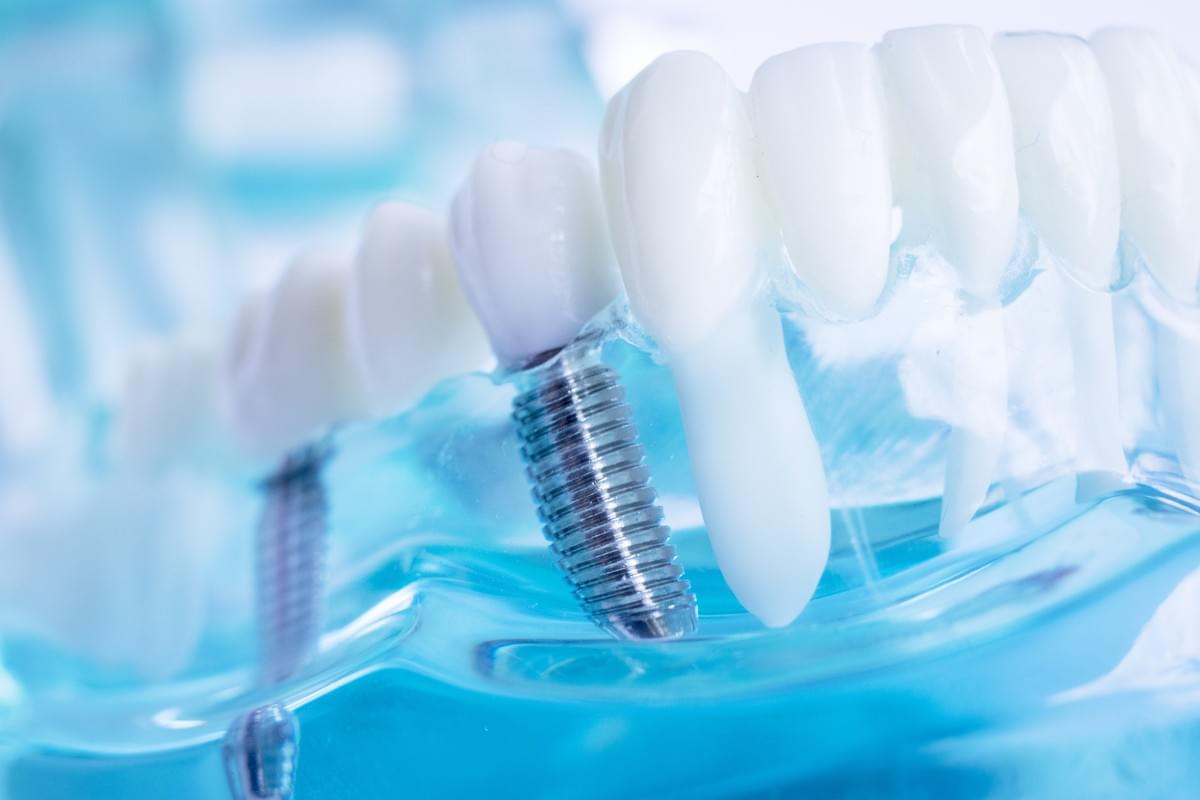
If you have lost a tooth or several teeth, dental implants can be a wonderful solution. They not only offer an aesthetic appeal, but also a number of benefits. For one, dental implants don't require reducing nearby teeth, so you won't have to worry about compromising your oral health. Implants also offer superior durability and last a lifetime if you take proper care of them. The implanted tooth will look and function just like your own natural teeth.
The first step in dental implant placement is to determine the appropriate anatomic landmarks. The dentist will perform a CT scan to determine the exact location of the jawbone and teeth. The scan will also reveal the width of the jawbone. This information is essential in designing the perfect implant. There are several procedures that can be performed to place dental implants in the jawbone. In many cases, you may not have enough bone to support the implant, so a surgical procedure can help you replace missing teeth. You can click for more info here on the best type of dental implants to get.
During your consultation, your dentist will assess your gums and teeth and determine if you're a good candidate for dental implants. Depending on your needs, your dentist may carry out all of the necessary procedures themselves, or refer you to an implantologist. Before making a final decision, ask your dentist about his or her experience and the costs. Ask about the guarantee he or she offers and whether it's included in the price of the procedure. Remember to get a second opinion from another doctor, as you'll be spending a lot of money and time on this treatment.
Although dental implants are not permanent, they are an excellent option for replacing missing teeth. While the procedure is much easier than extracting your teeth, it is still crucial to have enough bone to support the implant. Before the procedure, your dentist will arrange special tests to determine how much bone you have in your jaw. Bone grafting may be required to ensure that you have enough bone. Unlike tooth extraction, the procedure itself only requires a local anaesthetic. Fortunately, most patients won't feel any pain during the procedure.
If you're not a candidate for dental implants, you should consult a dental surgeon. An oral and maxillofacial surgeon can perform the procedure on the same day as your extraction. An ENT specialist may also be involved in the process. In addition to a comprehensive examination, your dentist may use 3D images or dental X-rays to create a model of your teeth and gums. It's important to understand the cost of dental implants and your options before you make a decision. You can get more info from this resource now to understand the dental implant installation procedure.
Implants are attached to the jawbone through a screw called an abutment. The dentist uses this model to create the replacement tooth or crown. The replacement tooth is then attached to the abutment using a special fixture. Sometimes, you may not even need individual crowns. The abutment can be attached to the implant directly or to a temporary crown. The final crown can be fabricated the same day. These procedures require a little time and are often necessary for the implant to fully integrate into your mouth.
Check out this post for more details related to this article: https://en.wikipedia.org/wiki/Dentures.